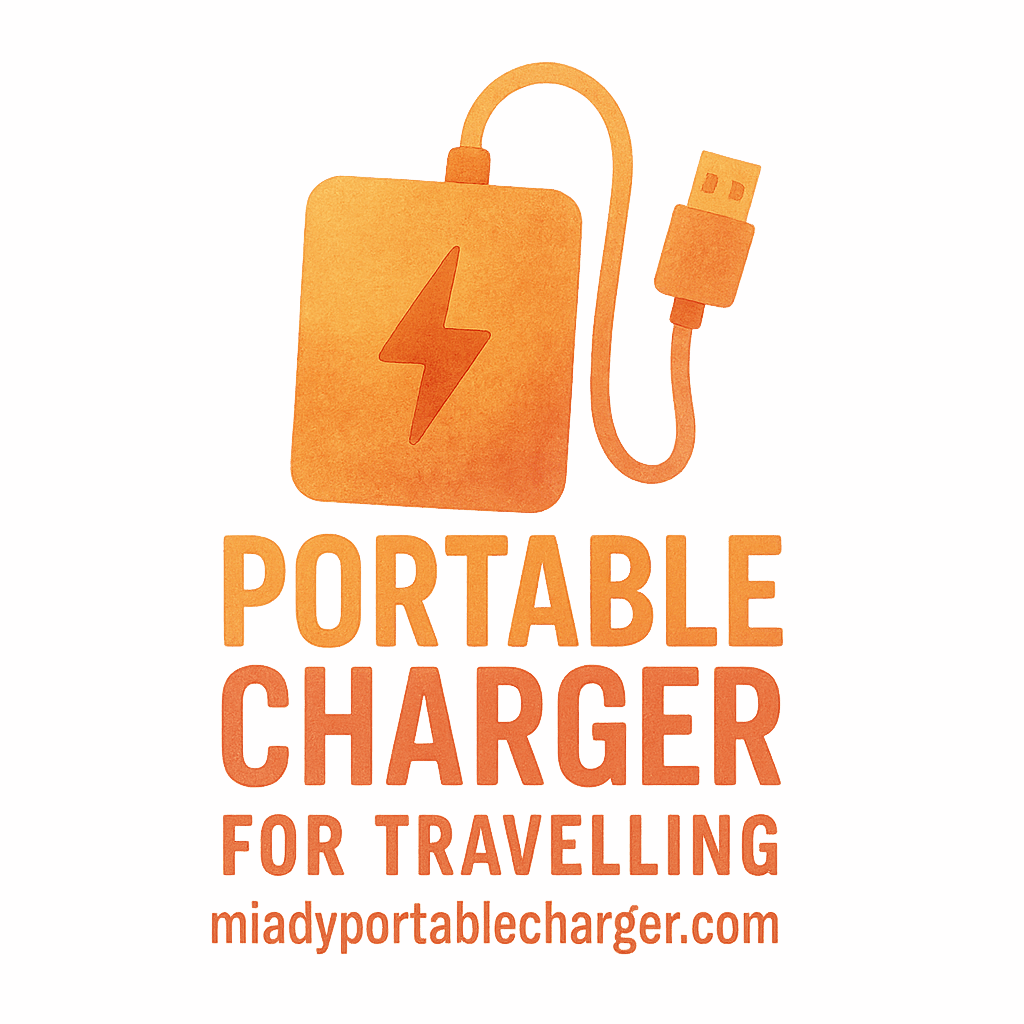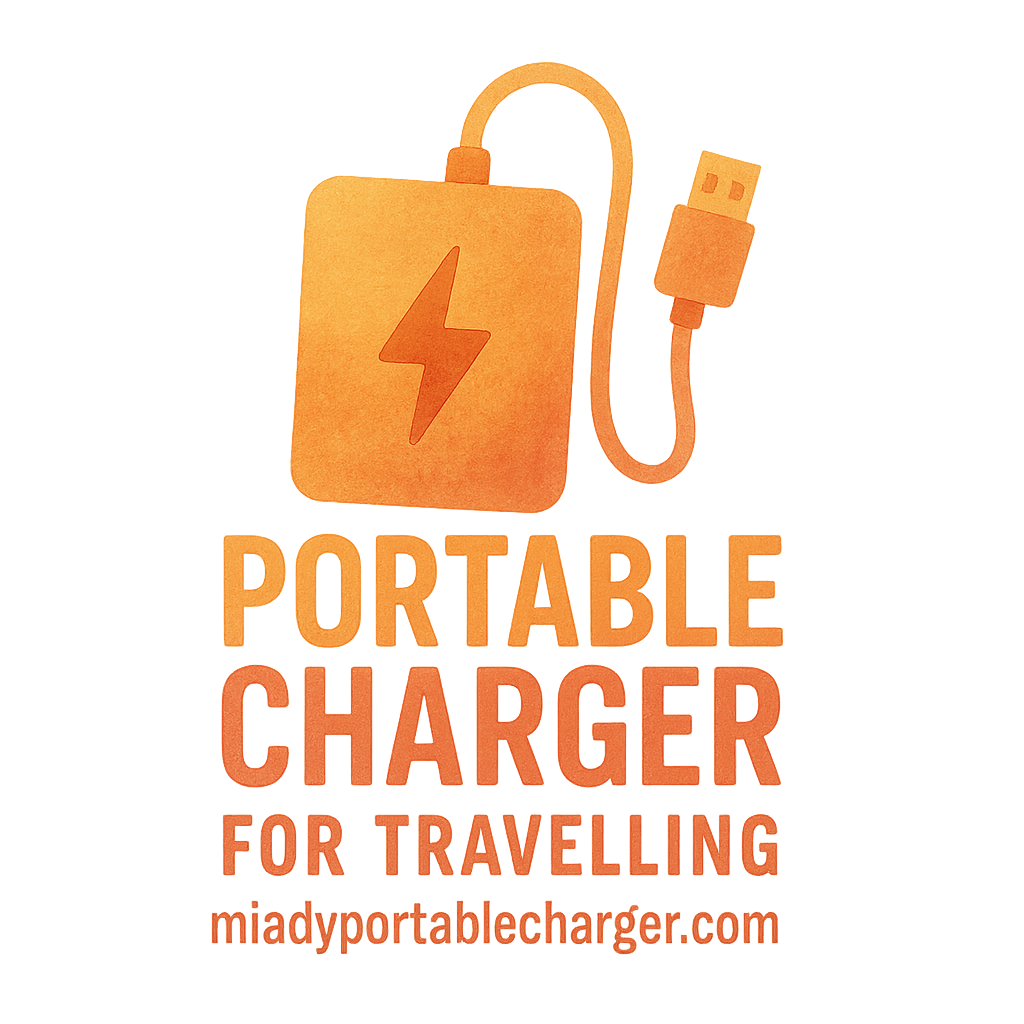Introduction: Why Packing Efficiently is Crucial for Light Travelers
Traveling light is often the key to a stress-free trip. For many light travelers, the goal is to pack only the essentials, making it easier to move quickly and efficiently from place to place. But when it comes to electronics, particularly portable chargers, things can get tricky. How do you make sure your devices stay charged without adding unnecessary weight and bulk to your bag? Let’s explore 10 portable charger packing tips that will help you stay connected without compromising your minimalist packing strategy.
Understanding the Importance of a Portable Charger
Traveling with just the bare necessities means you can move faster, travel lighter, and avoid the hassle of juggling heavy bags. But there’s one thing every traveler still needs: a reliable portable charger. While modern devices have better battery life, there’s always that moment when your phone or tablet runs out of juice at the worst possible time. That’s where a portable charger comes in handy. Whether you’re catching a train, navigating an airport, or simply exploring new places, having a charger in your bag is a travel essential.
Why Light Travelers Need to Pack Smart
Light traveling doesn’t just mean less clothing or gear—it also means reducing the weight of your tech gadgets. A portable charger is a necessity, but packing the right one for your journey is vital. It’s easy to fall into the trap of overpacking your bag with multiple cables, chargers, and accessories. Packing smart ensures that you carry only what’s necessary to stay connected without weighing yourself down.
The Dilemma of Portable Charger Packing
Finding the right portable charger can be a balancing act. You need to make sure it’s powerful enough to keep your devices running, but small and light enough not to be a burden. So, how do you figure out the perfect portable charger to take on your trip?
Tip 1: Choose the Right Size for Your Portable Charger
When it comes to portable chargers, size really does matter. You don’t want to carry around a bulky power bank that’s too heavy for your bag. Instead, focus on choosing a charger that matches the length of your trip.
How to Choose the Right Capacity
For a short day trip or weekend getaway, a small 5,000mAh power bank might be enough. But if you’re going on a longer journey, you might want to go for something with at least 10,000mAh. This will ensure that you have enough juice for a couple of days.
Best Size for Short and Long Trips
For short trips, a small, lightweight charger will suffice. However, for longer trips, a charger with higher capacity, such as a 20,000mAh model, may be required, especially if you’ll be away from power outlets for extended periods.
Check out our Buying Guides for more tips on selecting the perfect charger.
Tip 2: Prioritize Essential Cables and Adapters
Carrying extra cables might sound like a good idea, but it’s easy for them to take up space and become tangled. The key is to prioritize cables that will work for multiple devices.
Universal Cables for Maximum Flexibility
Rather than carrying separate cables for each device, choose universal cables that can be used for multiple gadgets. USB-C cables are a great choice, as they work with many modern devices, including phones, tablets, and laptops.
Compact and Organized Cable Storage
Invest in a cable management case or pouch to keep your cables neat and untangled. This will save you time and frustration while packing and on the go.
Learn more about cable management in our Charging Tips.
Tip 3: Opt for Lightweight, Slim Designs
When you’re trying to pack light, you want a charger that’s as slim and compact as possible. Look for models that fit easily into your bag without taking up too much space.
Why Slim and Light Are Key
Slim chargers are not only easier to pack, but they also make your bag less bulky. A sleek charger won’t add much weight, but it can still pack a punch when it comes to power.
The Best Compact Models for Travelers
Look for power banks from trusted brands that offer compact, lightweight designs. Some popular options include Anker, RAVPower, and Miady, which provide travel-friendly chargers that won’t compromise on power.
Explore top portable chargers in our Product Reviews.

Tip 4: Look for Multi-Function Chargers
Opt for a multi-functional charger that can do more than just charge your devices. Some chargers come with built-in cables, while others even include a stand for your phone or tablet.
Power Bank with Built-In Cables
Some modern chargers come with built-in cables, allowing you to cut down on the number of cables you need to carry. This feature makes your packing process even easier!
Combining Charging with Other Features
Look for chargers that combine multiple functions. For instance, a power bank that can also act as a phone stand or flashlight can save you from needing separate items in your bag.
Check out outdoor chargers for multi-functional options.
Tip 5: Keep Your Charger Fully Charged
Keeping your charger fully charged before leaving ensures you’re always prepared. An undercharged power bank can leave you scrambling when your phone runs low.
Charging Before and During Travel
Make sure your charger is fully charged before you leave. If your charger supports pass-through charging, you can charge your devices while recharging the power bank itself during your trip.
Avoiding Overcharging
Keep in mind that overcharging your portable charger can shorten its lifespan. If possible, disconnect it once it reaches 100%.
For tips on safe charging, check out our Safe Charge section.
Tip 6: Use a Dedicated Travel Case for Your Charger
To keep your charger protected, consider investing in a travel case. This will prevent it from getting damaged in your bag and will help keep all your cables and accessories in one place.
Why a Travel Case Matters
A travel case adds a layer of protection against accidental drops or pressure from other items in your bag. It also keeps your charger and cables organized, making them easy to access.
Best Travel Cases for Portable Chargers
Look for padded, compact travel cases that can hold your charger, cables, and any extra adapters or accessories.
Find more travel essentials in our Travel Essentials collection.
Tip 7: Choose a Waterproof or Water-Resistant Model
For adventurers and outdoor enthusiasts, it’s important to have a charger that can withstand the elements. Whether you’re camping, hiking, or simply caught in a rainstorm, a waterproof charger can save your devices from damage.
Waterproof Chargers for Adventurous Travelers
There are plenty of waterproof chargers on the market today, and they’re designed to be durable enough for the outdoors. Look for a model with an IP67 or IP68 rating for the best water resistance.
Weatherproof Your Devices
Don’t let bad weather ruin your trip. With a waterproof charger, you’ll ensure that your devices stay powered up no matter where your travels take you.
For more on weather-resistant tech, visit our Outdoor Charger guide.
Tip 8: Don’t Forget Extra Charging Ports
If you travel with multiple devices, it’s essential to have a charger that can charge several gadgets at once.
Multi-Port Chargers for Maximum Convenience
Having a charger with multiple ports means you can charge your phone, tablet, and even your Bluetooth headphones all at once. This is especially useful when you’re traveling with family or friends.
Quick-Charging Ports to Save Time
Look for chargers that support fast charging for those times when you’re in a hurry.
For fast-charging options, explore High Capacity Chargers.
Tip 9: Consider the Weight of Your Charger
While it’s tempting to go for the largest charger available, remember that bigger isn’t always better. Lighter chargers are easier to carry and won’t add unnecessary bulk.
Avoid Heavy Chargers for Light Packing
Opt for a charger that is light enough to carry comfortably without sacrificing power. A 10,000mAh charger is usually a good balance for light travelers.
Balancing Power and Weight
The goal is to find a charger that’s powerful enough for your needs, but not so heavy that it disrupts your light packing goals.
Check our Travel Power section for lightweight, high-performance options.
Tip 10: Use a Charging Checklist
A checklist will help you stay organized and make sure you don’t forget any important charging accessories.
What to Include in Your Charging Checklist
Your checklist should include the charger, cables, any necessary adapters, and a power bank case. Double-check before you leave to ensure you have everything.
Double-Checking Your Gear
Before leaving for your trip, make sure all your charging gear is packed and ready to go. This will help you avoid any last-minute issues.
For a handy checklist, check out our Travel Gear collection.
Conclusion
Packing light doesn’t mean sacrificing the essential items you need to stay connected. By following these 10 portable charger packing tips, you can ensure that you stay powered up throughout your travels without overloading your bag. Happy travels!
FAQs
- How do I choose the right portable charger for my trip?
Consider the length of your trip, how many devices you need to charge, and the charger’s weight and size. - Are there portable chargers that can charge multiple devices at once?
Yes, many portable chargers come with multiple charging ports to power several devices simultaneously. - What is the best portable charger for outdoor activities?
A waterproof or water-resistant charger is ideal for outdoor activities like hiking or camping. - How do I avoid overcharging my portable charger?
Disconnect your charger once it reaches 100%, or look for chargers with built-in overcharge protection. - Should I carry extra cables for my devices?
It’s recommended to carry universal cables that can charge multiple devices to save space and reduce weight. - What is the best charging capacity for light travelers?
A charger with 10,000mAh is often a good choice for light travelers, providing enough power without being too bulky. - Can I use my portable charger while traveling abroad?
Yes, most portable chargers are compatible with global voltage standards, but make sure to check your device’s compatibility.


